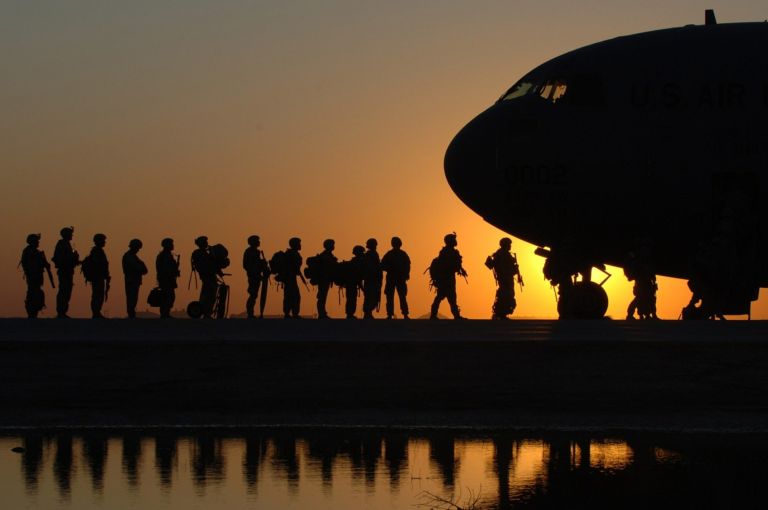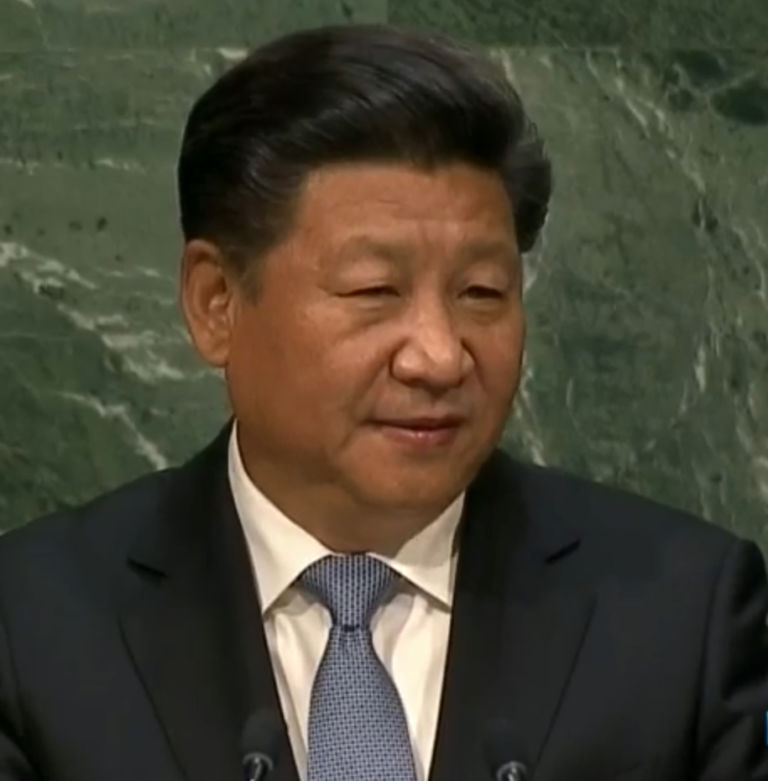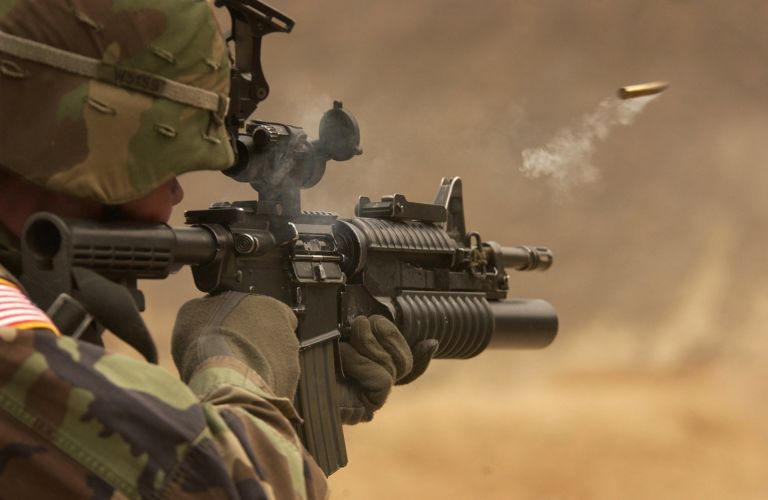Rich Lowry of National Review Online explains his opposition to a massive military presence in Washington, D.C.
Washington, D.C., is not, counter to what you might think, a war zone.
The city isn’t divided down the middle between the forces of the United States government on one hand and secessionist rebels on the other. Insurgents aren’t mortaring Reagan National Airport. Neither Virginia nor Maryland is about to declare war on the district.
And yet thousands of National Guard troops are still in the city, and security measures undertaken in the immediate aftermath of the riot at the U.S. Capitol remain in place.
This is bad policy and bad symbolism. It is too much, too late. It is a classic bureaucratic overreaction to a failure that can’t be undone by theatrical measures after the fact.
If a fraction of the current National Guard troops had been present at the Capitol on January 6, the mayhem and national trauma might have been avoided. According to press reports, various officials didn’t like the “optics” of having the National Guard on call prior to the protest or rapidly deploying it during the violence — and so, instead, we got the optics of a rabble breaking into the Capitol and, now, the optics of ongoing security overkill.
The situation in Washington follows a classic American pattern, which is to botch something out of the gate then throw massive resources at the problem to recover in overwhelming fashion.
But the Capitol Riot wasn’t, say, Pearl Harbor, and we aren’t now in World War II. Policy-makers shouldn’t act as if every day is another potential January 6, and need to be mindful of the impression created by transforming the heart of Washington, D.C., into an armed camp. …
… It’s not clear why the National Guard can’t, having patrolled D.C. during Biden’s inauguration and Trump’s second impeachment without incident, declare victory and go home.


